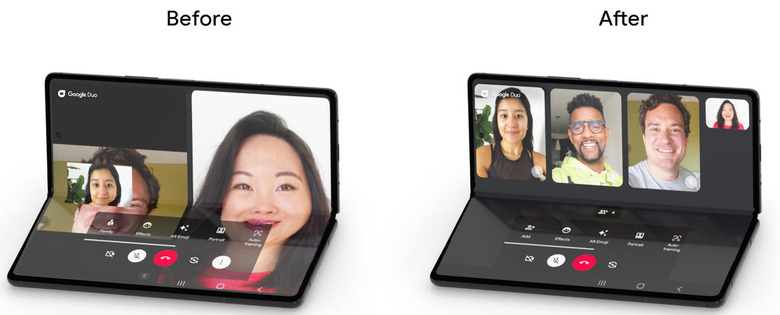Android Prepares Developers For More Foldable Phones
Once upon a time, Android itself would only play catch up to market and design trends while manufacturers did their own thing and fragmented the ecosystem. It seems that Google has taken a different approach and isn't letting those companies take the lead when it comes to foldables. Right from the start, it collaborated with Samsung on the first Galaxy Fold and it is now expanding Android's capabilities to handle devices with large and flexible screens.
Android has actually been rather weak on tablets, with Google initially refusing to even acknowledge their existence. The Android 3.0 Honeycomb release was supposed to be the first to cater to Android on large screens but that was almost doomed to fail. Since then, Android has incorporated features and components designed for tablets and even PCs but Google is now making a stronger push, ironically because of foldables.
Some of the points it makes admittedly should have been there years ago even before the time of foldable phones. Apps should, for example, learn to take advantage of larger screens with something like a SlidingPaneLayout while also allowing their apps to be controlled using a keyboard and mouse. At the same time, Google is also updating Android's UI components so that they resize and adjust gracefully, no matter the screen size.
There are, however, also some new user experiences that are being enabled by foldable devices, like running two instances of the same app side by side and allowing content to be dragged and dropped between those. Android will also take into account fold and hinges when present to avoid content falling under those non-viewable parts.

It is definitely good to see that Google is making Android support such use cases even when there are still not that many foldable devices in the market. This could actually encourage some manufacturers to adopt that form factor, knowing that the OS directly supports it rather than having to figure out how to hack around the fold.
